This is the research blog for the PhD trajectory of visual artist Alexandra Crouwers. The Appeal of the Unreal is part of the research proposal title, and concerns, amongst other things, the emotive quality of dead things, simulations, screen culture, and virtual nature.
Alexandra Crouwers is member of the Deep Histories Fragile Memories research group, part of the Lieven Gevaert Research Centre (KU Leuven) and the Intermedia research unit of Luca School of Arts, Brussels.
This blog is here for several reasons: it functions as a reminder, and as a way to collect research. Please keep in mind this blog is a work in progress.
Latest posts

Exhibiting Absence and The Trail of Hansel & Gretel
This chapter (in progress) touches upon the contradictory nature of the habitat diorama in particular. Featuring Karen Wonders, Donna Haraway, Palais de Tokyo and Ludwig Museum Budapest.

WAGMI: an awkward dance of art and crypto
Article for HART art magazine about collecting digital art in the NFT space. Published on paper in issue 222, March 2022 in tandem with the first of an online column series highlighting a work from my collection.
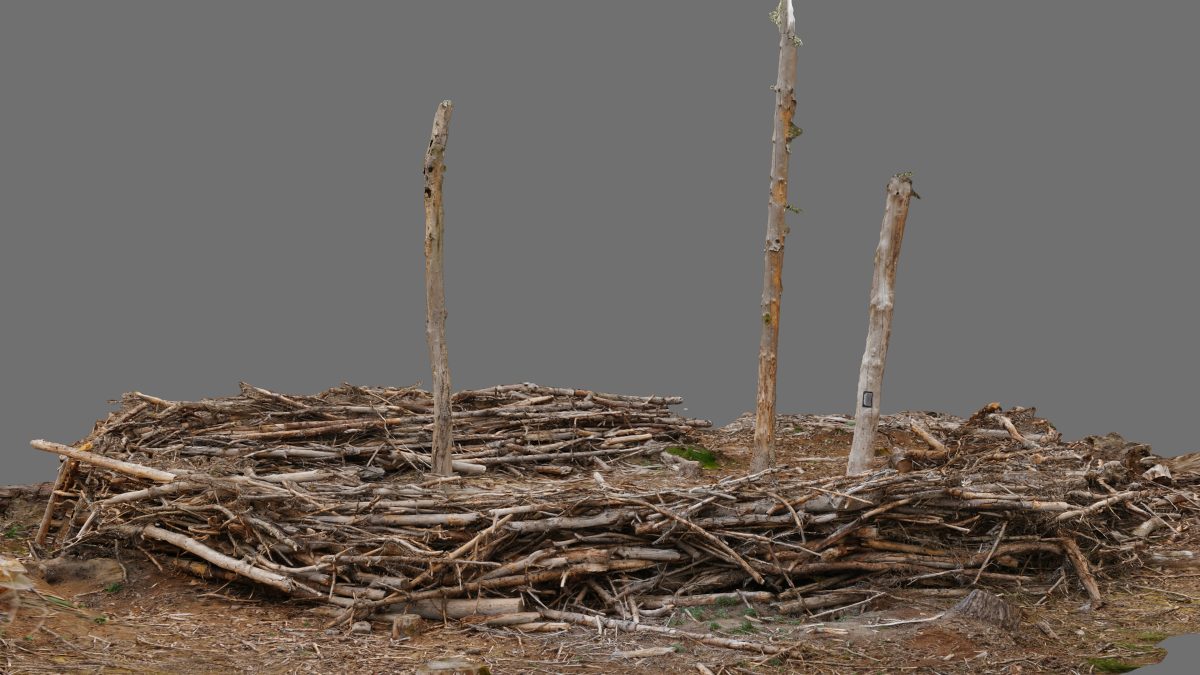
The Plot, The Compositor, and Mourning/Mistakes
A peer reviewed publication, as part of VIS Nordic Journal for Artistic Research issue #6, Contagion by Alexandra Crouwers. October 19, 2021.
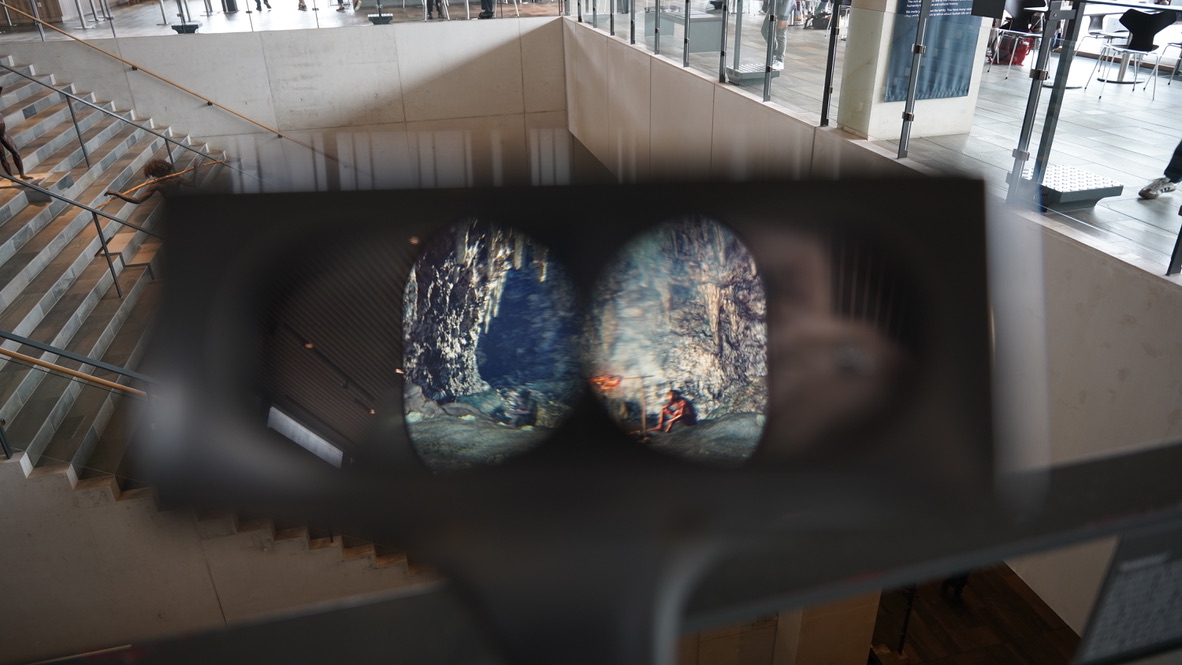
The digital dioramas of the Moesgaard Museum
Moesgaard Museum’s digital stereoscopic prehistory dioramas. Visited Augustus 2021. Aarhus, Denmark.
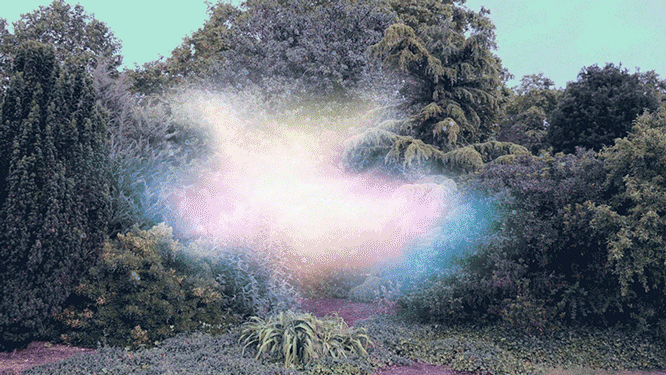
The Unreal: first notes on Non-Fungible Tokens
NFTs: an adventuresque experimenza into the Unreal world of crypto-art.
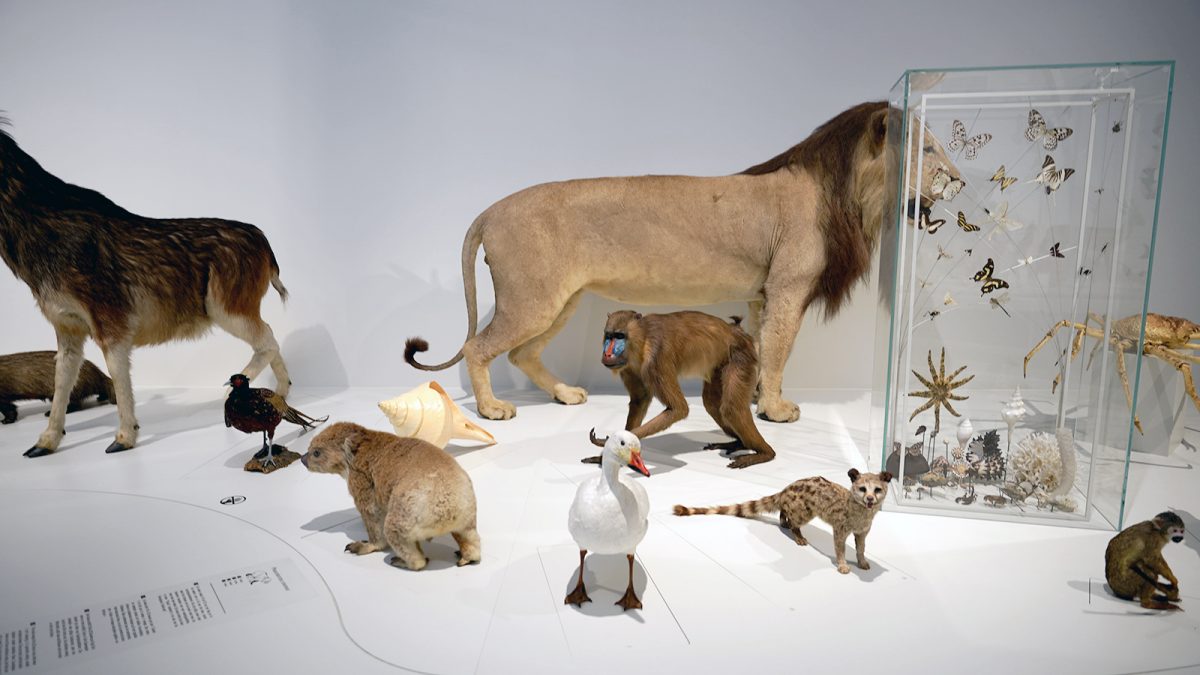
To diorama or not to diorama? The representation of nature at the Museum of Natural Sciences in Brussels.
A review of the ‘Living Planet‘ hall, at the Museum of Natural Sciences in Brussels, visited in January 2021. In September 2020, The Museum of Natural Sciences announced a new permanent exhibition called ‘Living Planet’. This addition even made the news. The museum is very proud of it. Unfortunately, all I saw was a terribly …
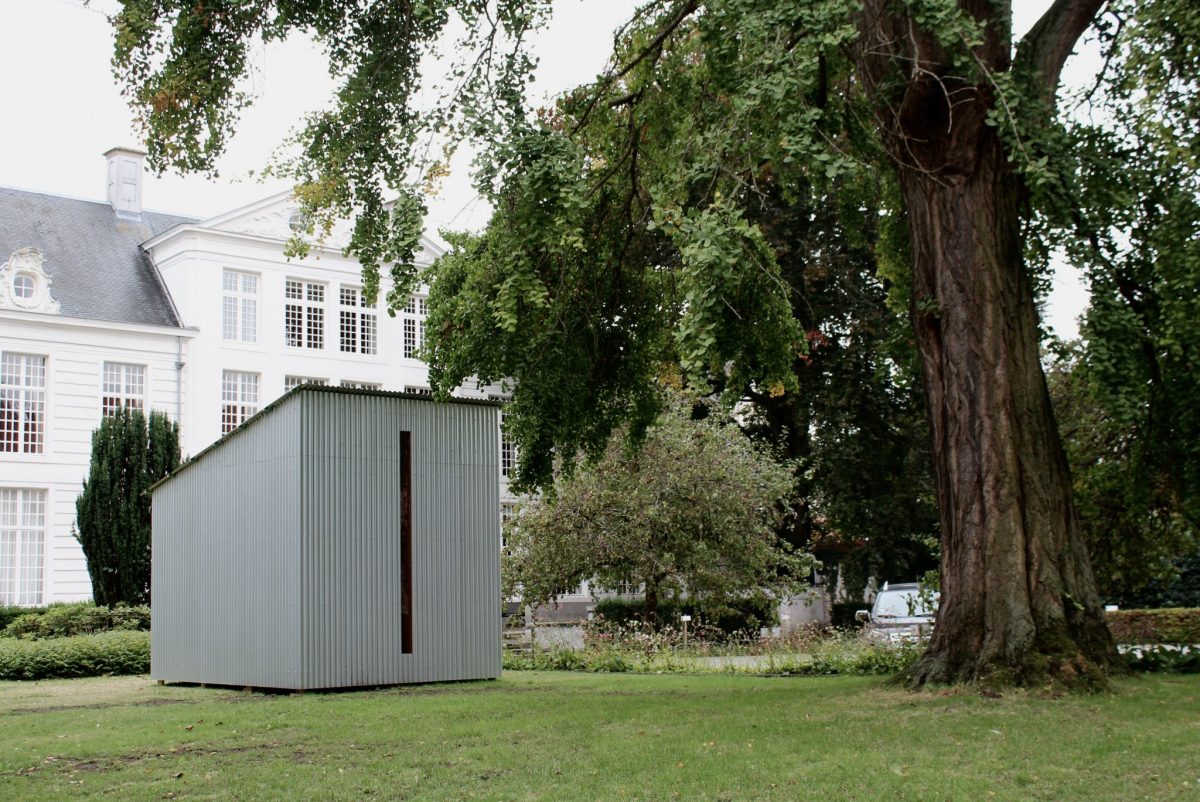
Introducing: The PhD team
Meet my PhD team: Wendy Morris (promotor), Jan Verpooten (co-promotor), Theun Karelse (advisor), and Sepideh Karami (advisor).
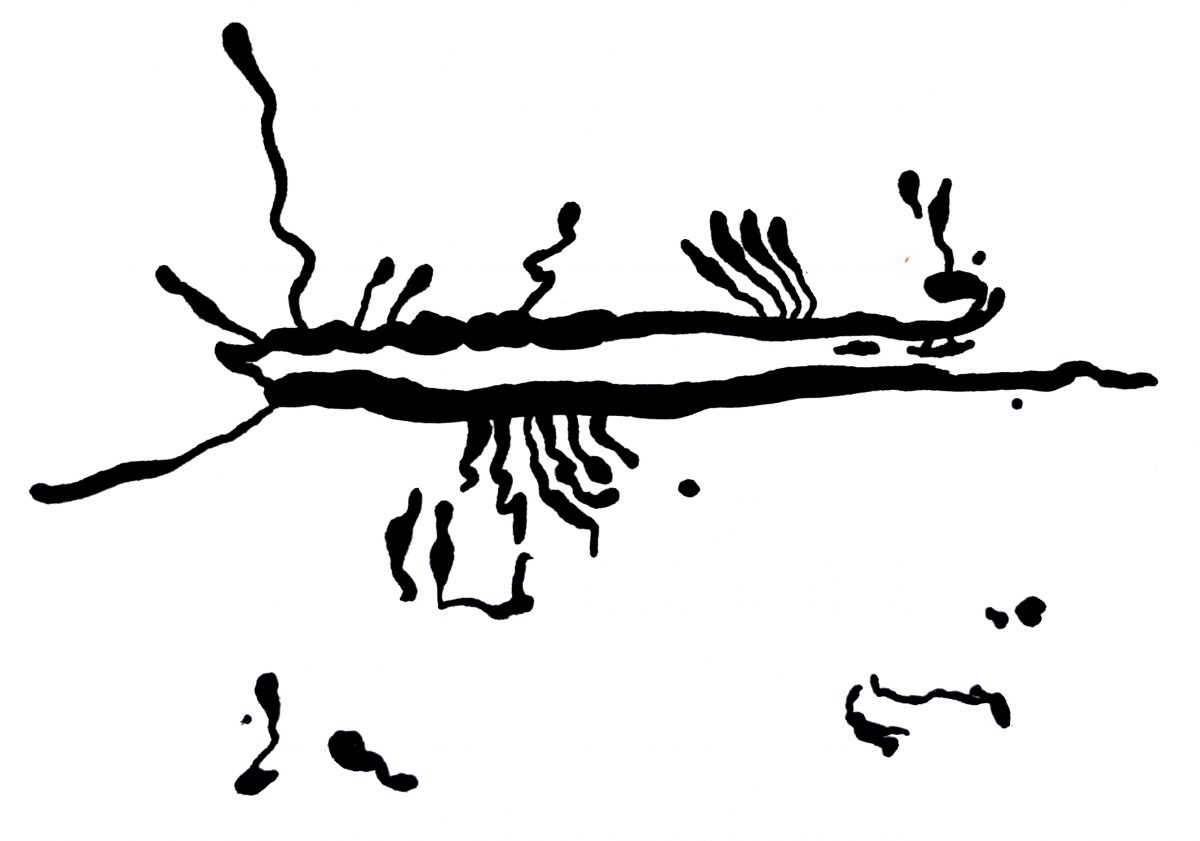
The Compositor collaboration
The Compositor: reading the tunnels by turning them into a font.
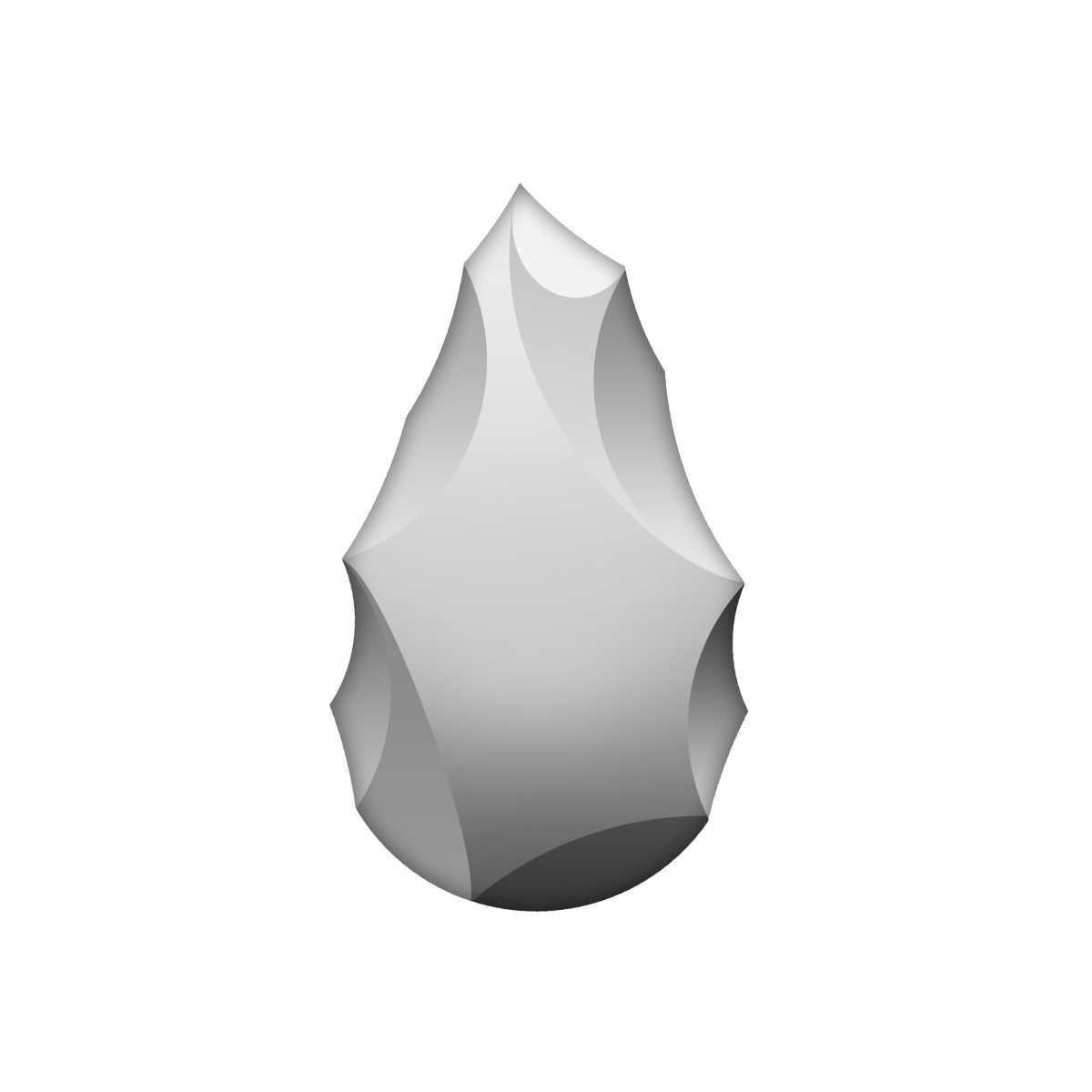
Emoji proposals
Attempting to make artistic additions to the internet and consumer technology: the emoji.In June 2020, I submitted two proposals for emoji, to be added to the expanding digital pictogram vocabulary.
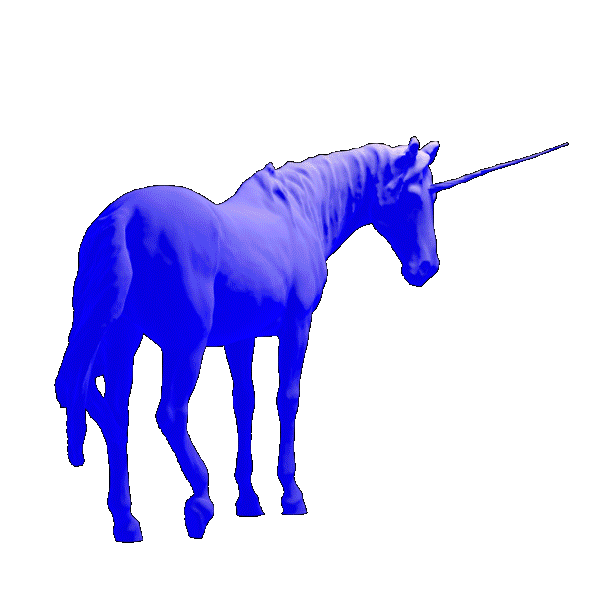
195.1 million views
Preface What are GIF animations and stickers? What is GIPHY? What is an Instagram Story? Why are GIFs used? An overview. GIF animations & Stickers GIF is the abbreviation for Graphic Interface Format, using the extension .gif. An animated GIF is, simply put, a digital file that loads images into a stack, and is able …

Mistakes: the artist talk
HD, colour/sound, 20’20”, 2020
Wednesday, April 29, 2020 anno covidii, I was supposed to give a talk over lunch at the end of my two months involvement with Residency Unlimited in Brooklyn, New York. This, of course, took place in another universe.

AMNH part 1
March, 9, 2020. First visit to the American Museum of Natural History. We’re about 6 weeks into the Covid-19 corona virus frenzy, which became global right before I traveled to the U.S. as part of my residency at Residency Unlimited in Brooklyn, New York. Prior to my trip, I had a normal case of a …

solastalgia.theappealoftheunreal.com
The Solastalgia project now has its own subsite: www.solastalgia.theappealoftheunreal.com.
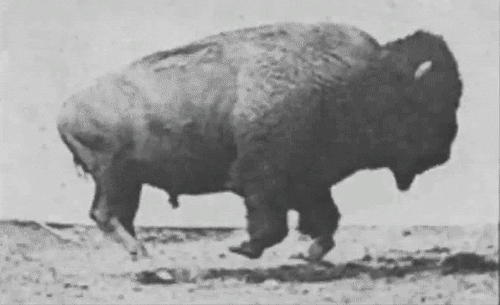
Meet Solastalgia
A shift in research focus from visual illusions to something more relevant. Meet Solastalgia. More on this soon.

Skeuomorphism
A skeuomorph object wants you to believe it’s made of another material: it’s an imitation-look. This post will expand.

The Three Motions of Loom: Shuttles
The Three Motions of Loom: shuttles. An experimental non linear text on weaving as animation and time-traveling as a research method.
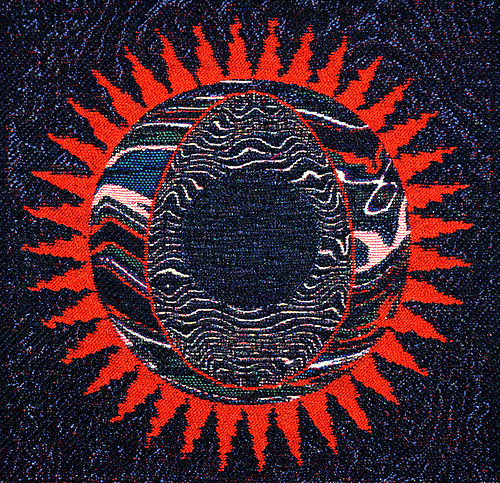
Epilepsy warning! A tapestry gif animation.
An experiment in animating a double sided tapestry.
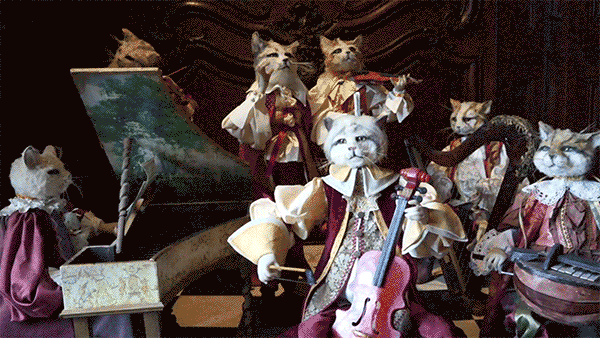
A life-sized doll house.
Château de Breteuil near Paris, houses a collection of automata and period room dioramas, depicting historical events that may or may not have taken place in the castle. Visited Oct. 2019.
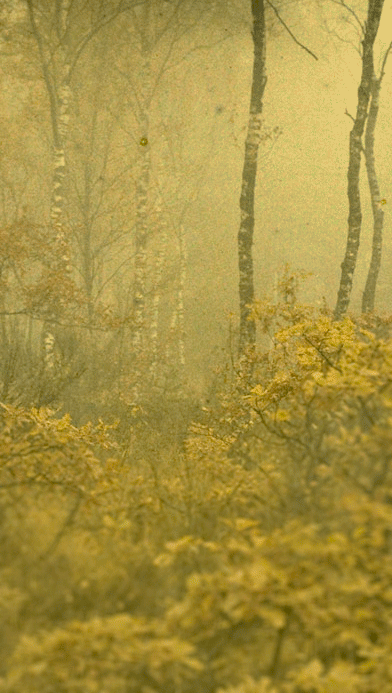
A Brief History of Visual Trickery.
Work in progress: an overview of visual illusions and illusionist effects: suggestions of depth and/or movement.
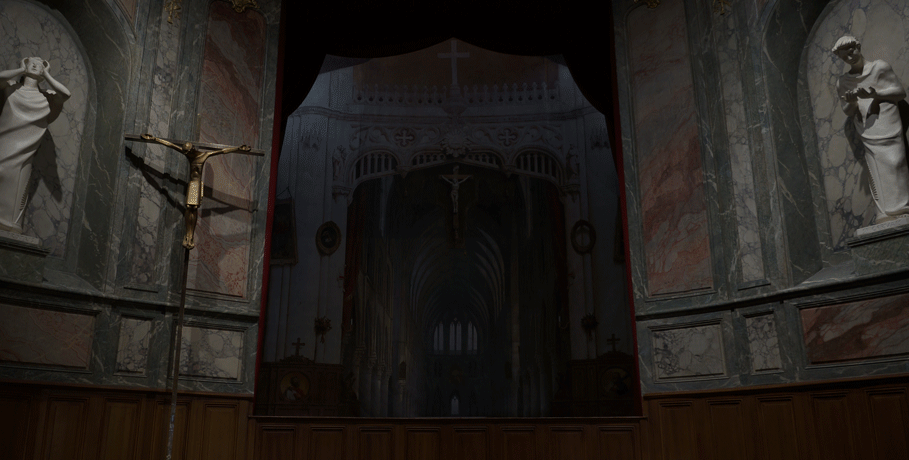
‘Choir of a gothic church’ by Daguerre & Bouton.
Daguerre and Bouton’s only remaining diorama at the church of Bry-sur-Marne: a piece of religious high-tech theatre. Visited October 2019.
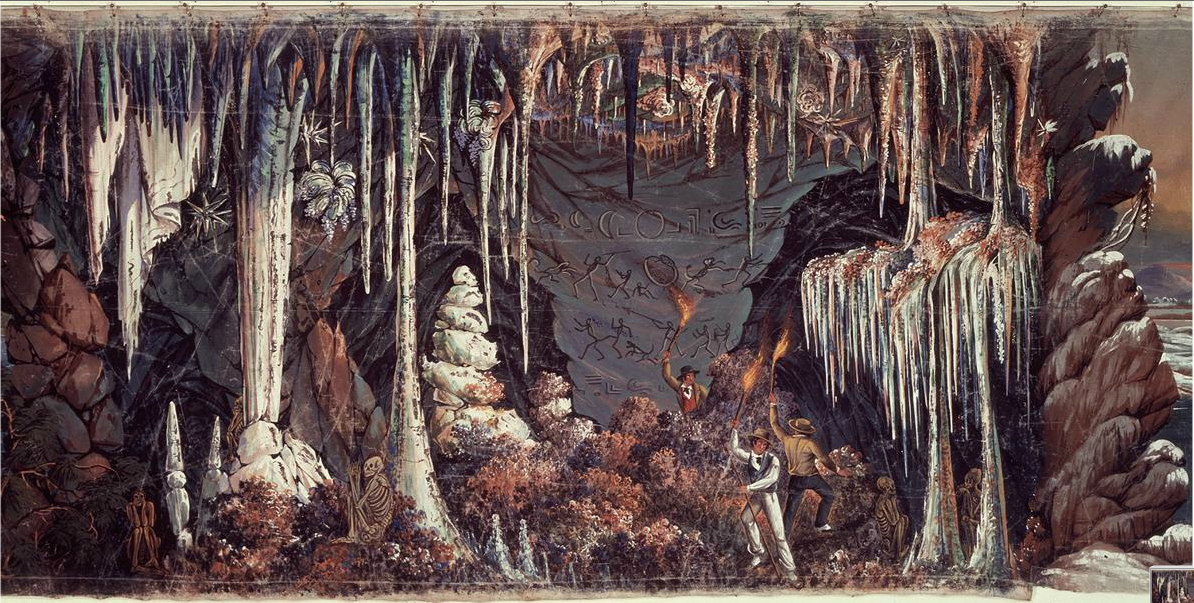
Are prehistoric caves dioramas?
This is part of a text, published in April 2019 on my portfolio site. It talks about the boundaries of the diorama, and Lascaux III as a simulation.
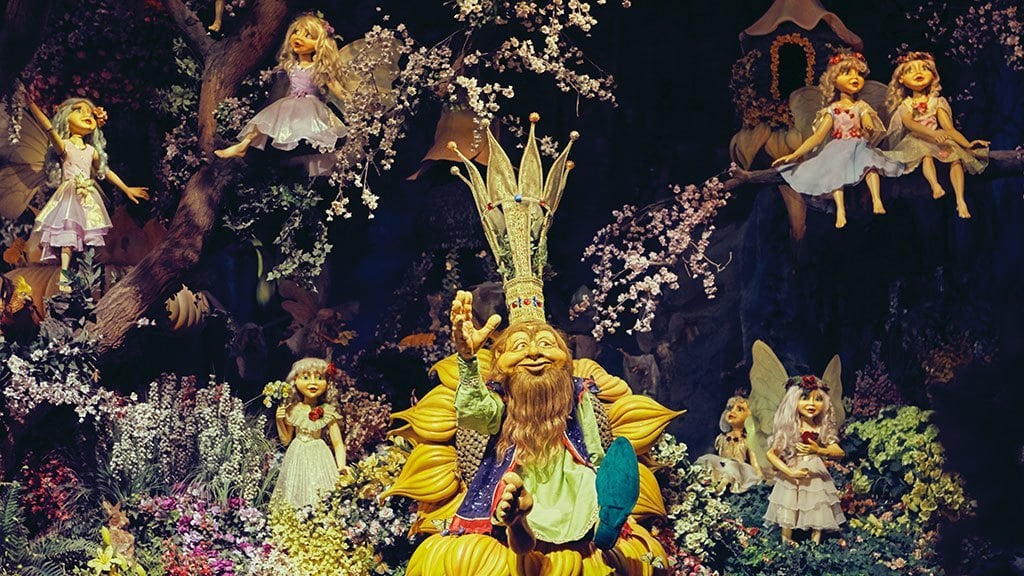
Fiction dioramas: a rant on an Efteling theme park dark ride
This text was first published in April 2019 on my portfolio site. It takes a closer, critical look at one of the ‘magical’ animatronic dioramas of Dutch theme park Efteling.
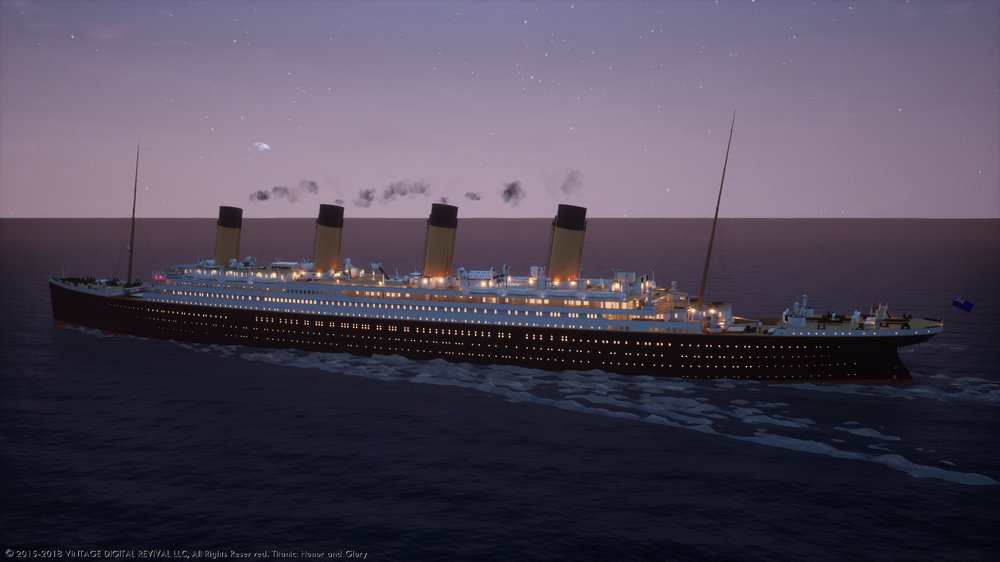
Titanic sinks in real time
Originally meant to promote a game, this 2 hours and 40 minute real time simulation, based on the actual events and timeframe of the sinking of the Titanic, displays an eerie artistic quality of its own. Devoid of human figures, the story of the disaster is told through the character of the vessel itself, a …
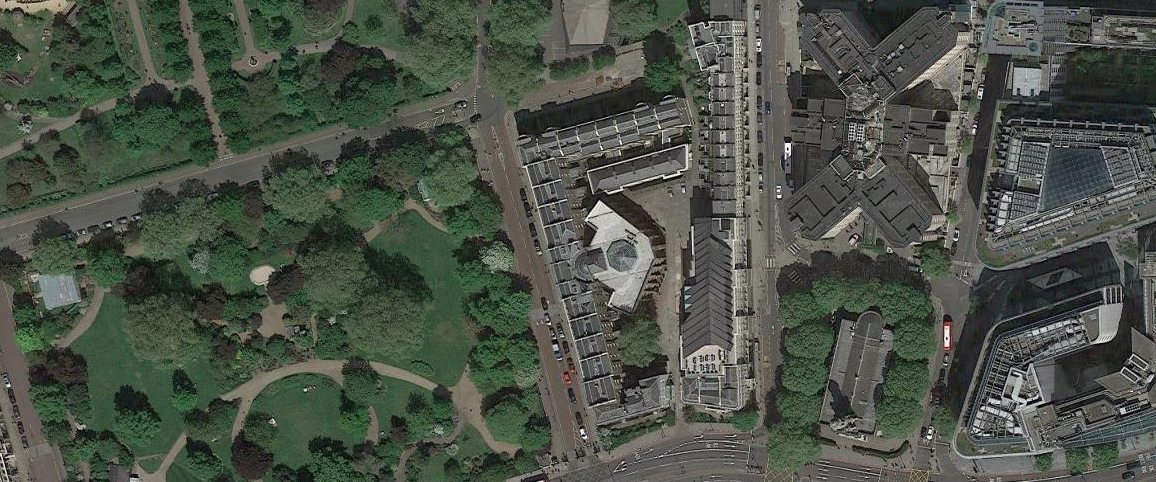
Hark! The clock of Notre Dame strikes!
London, Vol 6, edited by Charles Knight, 1844. CXLIII: Exhibitions of Art by J. Saunders. p283 – 285. Excerpt. The eye witness account of J. Saunders. (…) let us pay our two shillings in the vestibule of the exhibition, ascend the stairs, and submit ourselves to the guidance of the attendant waiting to receive and …

The Artist in His Museum
Charles Wilson Peale (1741 – 1827) was an American painter, scientist, naturalist and inventor. He’s most known for his portraits, and for setting up one the first museums in the United States. Peale’s famous self portrait, ‘The Artist in His Museum’, was painted in 1822 – Peale was 83 – and has a distinct diorama’esque quality. …

Visual tricks by animals: Bowerbirds and Forced Perspectives.
Apart from humans, there’s at least one other species associated with the production of ‘art’: the Australian/New Guinea bowerbird builds elaborate architectural constructions to lure its mate to its lair. These ‘nests’ are decorated with shells, leafs, flowers, pieces of plastic; anything the bird can find. The constructions are so sophisticated, they make use of …
Continue reading “Visual tricks by animals: Bowerbirds and Forced Perspectives.”
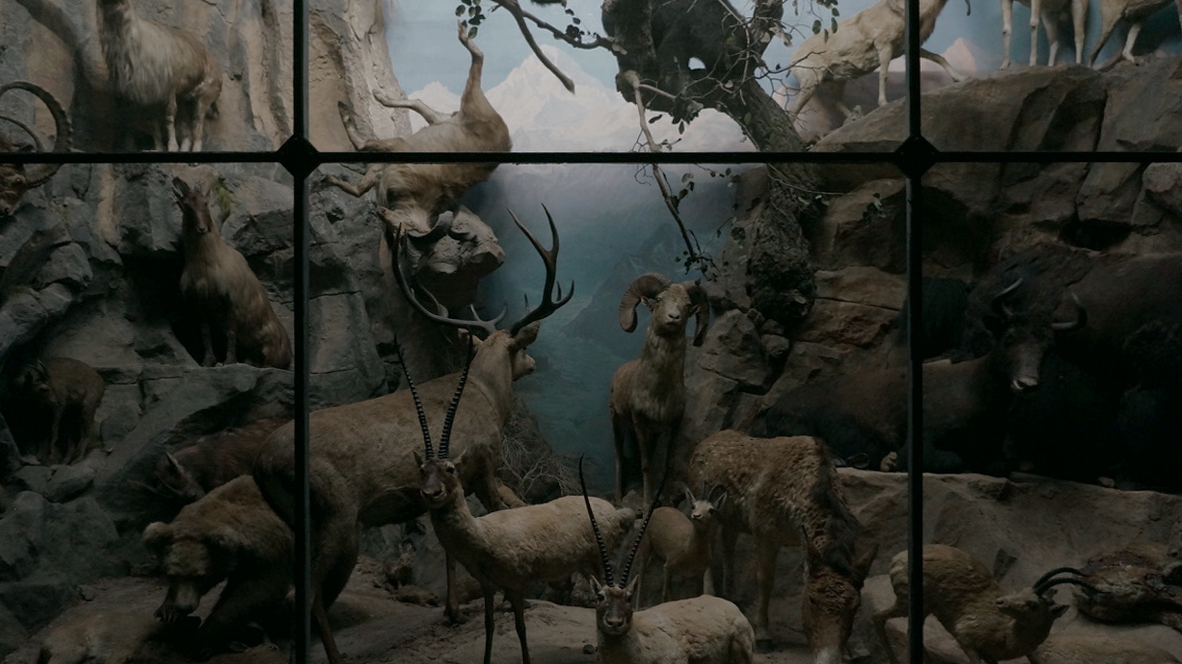
Himalaya at Dawn
Powell Cotton Museum | Quex House & Gardens | Birchington, UK | quexmuseum.org | Visited June 2019 | Himalaya at dawn (constructed in 1905) is considered to be ‘the oldest untouched diorama of its type in any museum around the world’ (1: PC Museum Souvenir Guide, page 6) All animals on display were collected by …

On screens as dioramas as screens
Note: this is a repost of an April 2019 entry on my portfolio website. Illusions behind glass The screen has become omnipresent in our lives: starting with TVs entering our homes, then computer monitors, smartphones, tablets, VR sets. We’re all looking through glass walls at illusions. The illusion is not confined to films, tv programs, …
